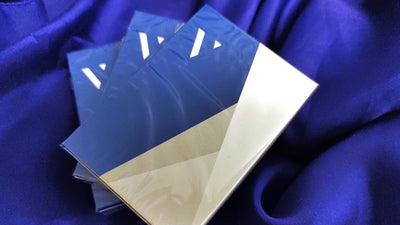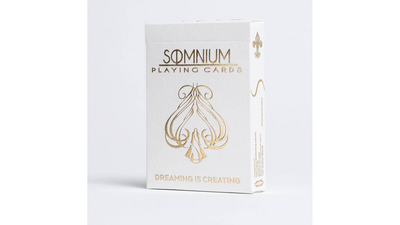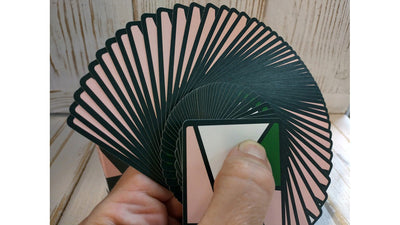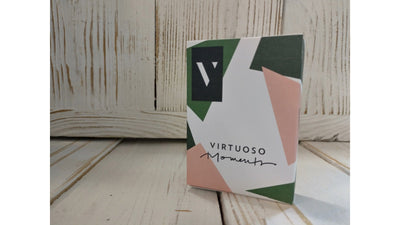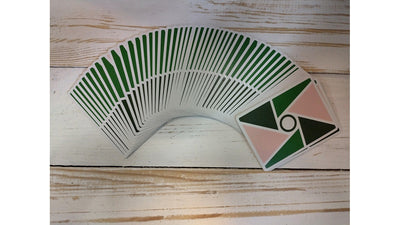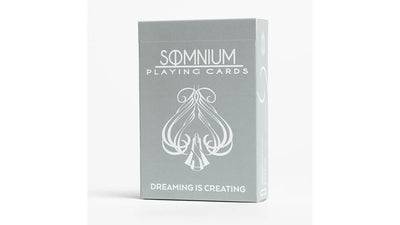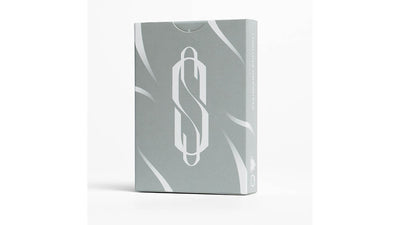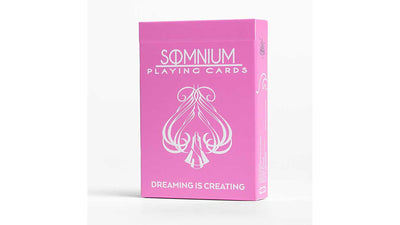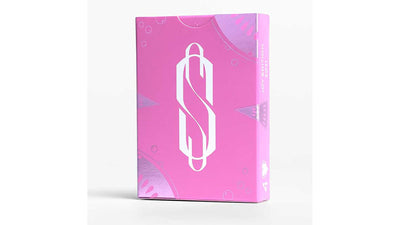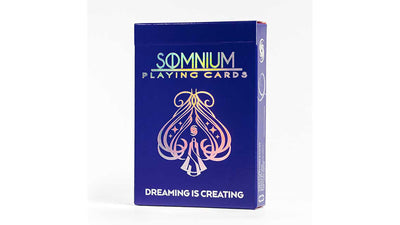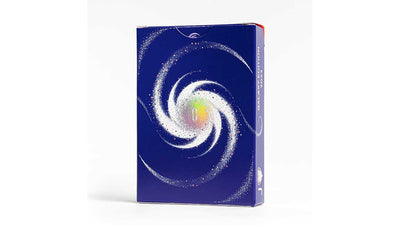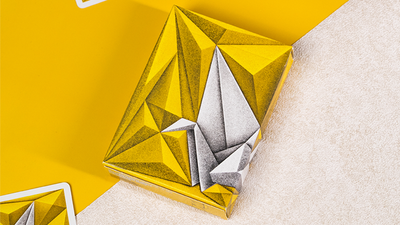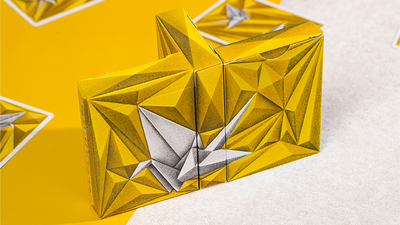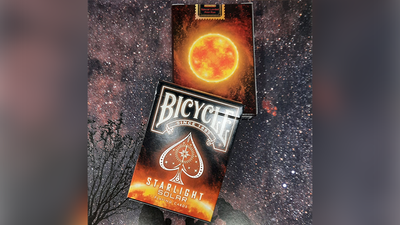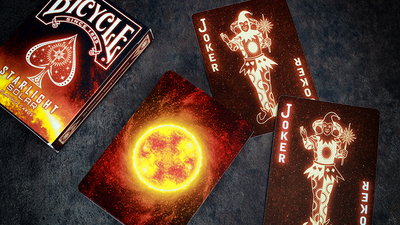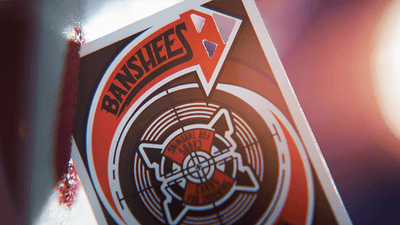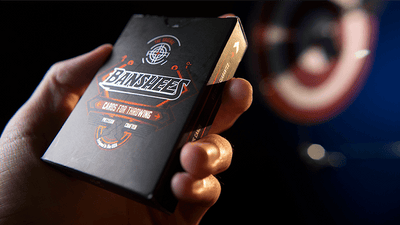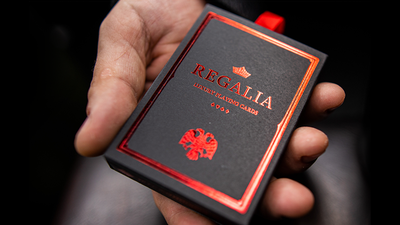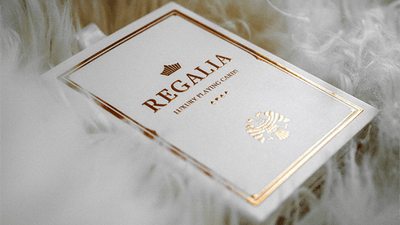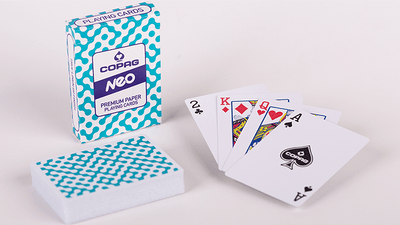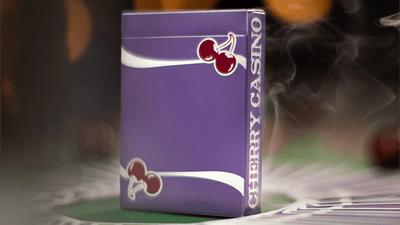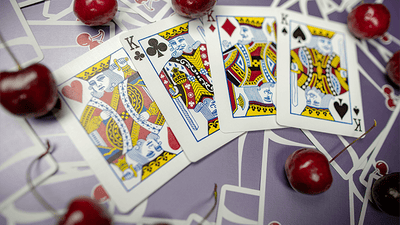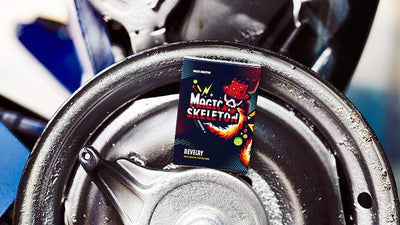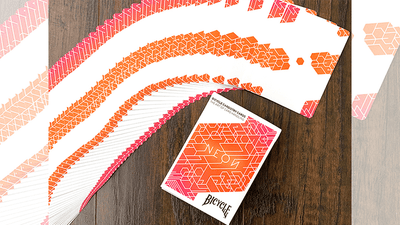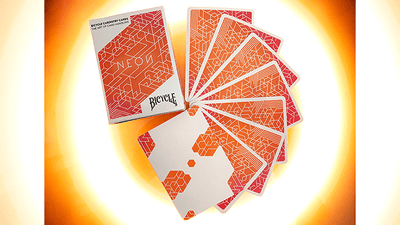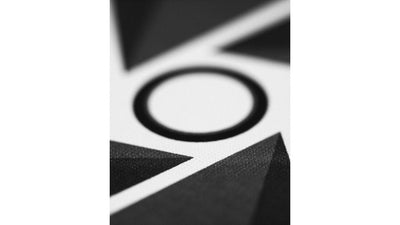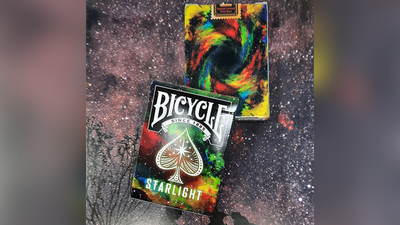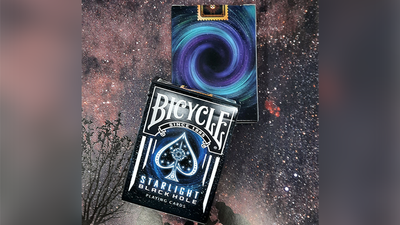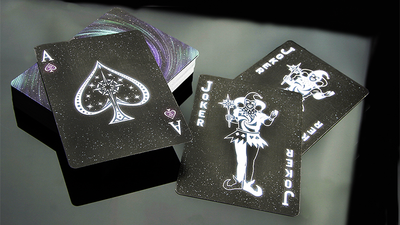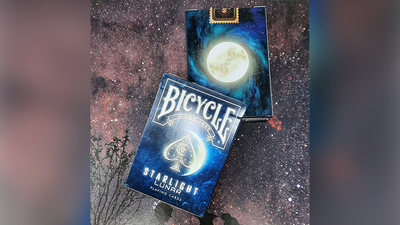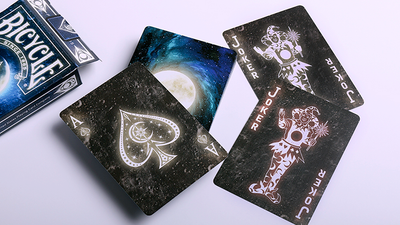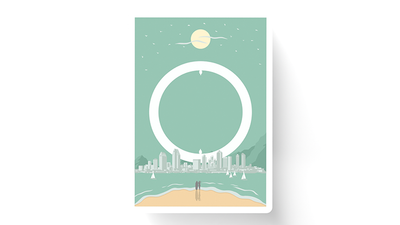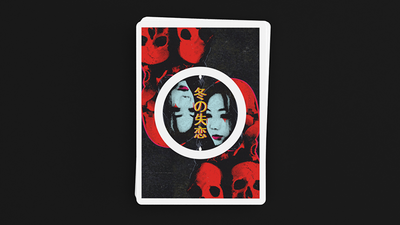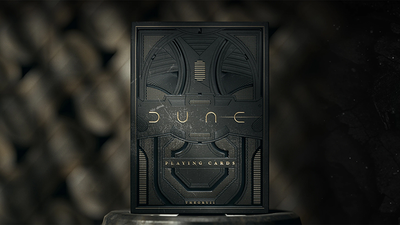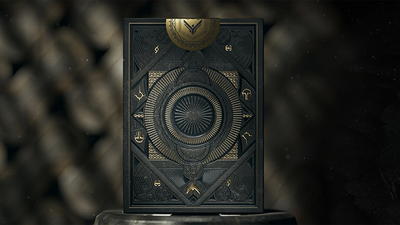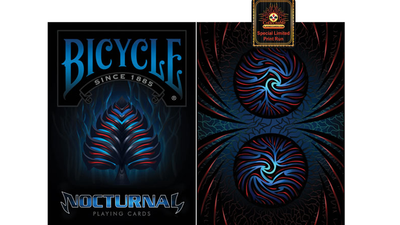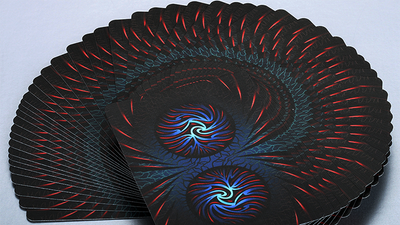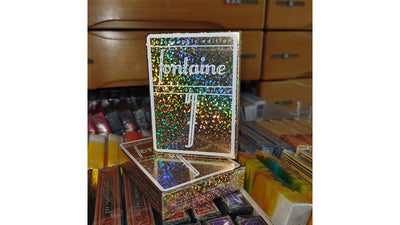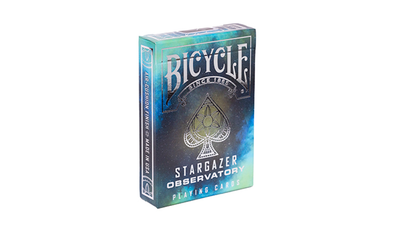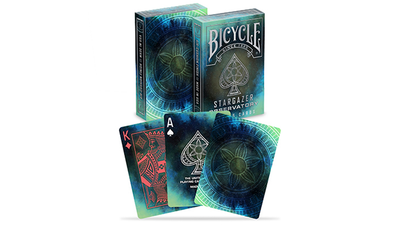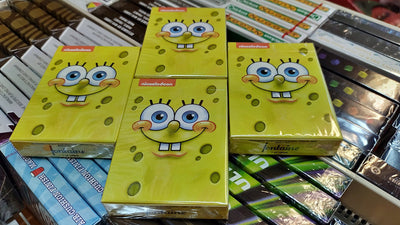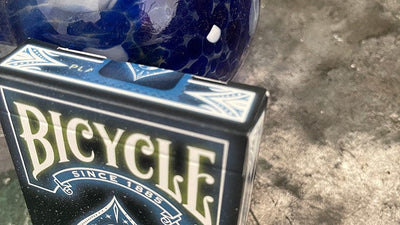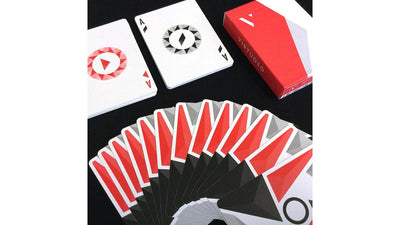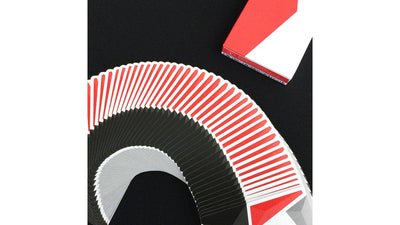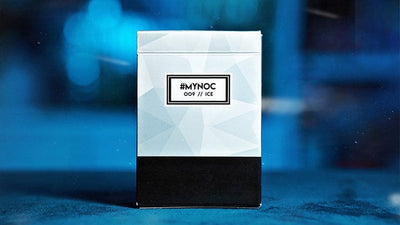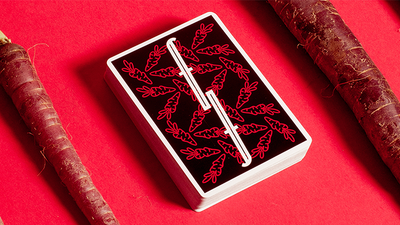Cardistry - Juggling the art with cards
Cardistry is a name that is given to the performance art of the map subject and artistic withdrawal. The term is a connection from "map" and "art". In contrast to card magic, the cardistry should be visually impressive and very difficult to do.
History of map art
The conjuring up of tricks with playing cards became popular around the 19th century. At that time, simple card handles such as Charlier Cut, Riffle Shuffle and Thumb fan were often used by magicians to demonstrate artistic handling with cards.
Cardistry is about creating compartments, artistic patterns and sequences with playing cards with your hands. Different techniques can be used. The aim is to create a captivating movement and a nice display. The effects are only limited by the type of cards used, the imagination and the degree of manual skill of the executor. The presentation is usually neither "illusionary" nor supposedly "magical", but rather like juggling, pantomime or similar entertaining activities.
First cardistry moves in books
The American magician Chris Kenner published total out of control in 1992, a textbook on magic tricks with household items. On page 125 it was a two-handed flower, which he called "the five faces of Sybil". The end surface of Sybil shows five different packages that were held between the fingers.
In his book, connoisseur described Sybil as "a quick flourish that demonstrates skill and skill". The cut became the most remarkable creation of total out of control and would finally form the core of what is known today as cardistry.
Kevin Pang from the magazine "Vanity Fair" noticed that "every cardist should cleverly perform Sybil, as guitarists can walk through a blues progression".
The magician Brian Tudor, who lived in Los Angeles, published a VHS tape with the title Show Off in 1997, which only showed Flourishes and contained numerous variations by Sybil. The volume was well received by the critics and led to growing attention to the maps as performance art.
The spread of XCM art
The Sybil enthusiasts and twin brothers Dan and Dave published pastboard animations in 2001, another VHS band that explained advanced flourishes and cuts. It sold a hundred times and was critically praised in a genii magazine review in the same year.
In 2004 the twins published the teaching DVD The Dan and Dave System, in which this division of card art was clearly separated from magic. Three years later, in 2007, Dan and Dave The Trilogy published a DVD set with three CDs.
The Trilogy is the best-selling Cardistry version ever with more than 25,000 copies sold. Practically every cardist mentions either the system or the trilogy as a source of his inspiration.

